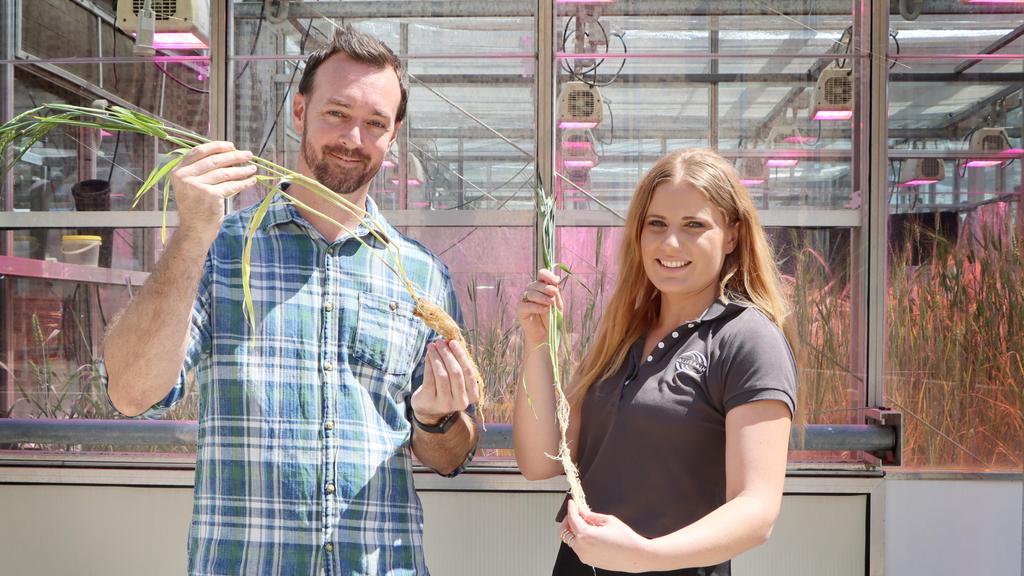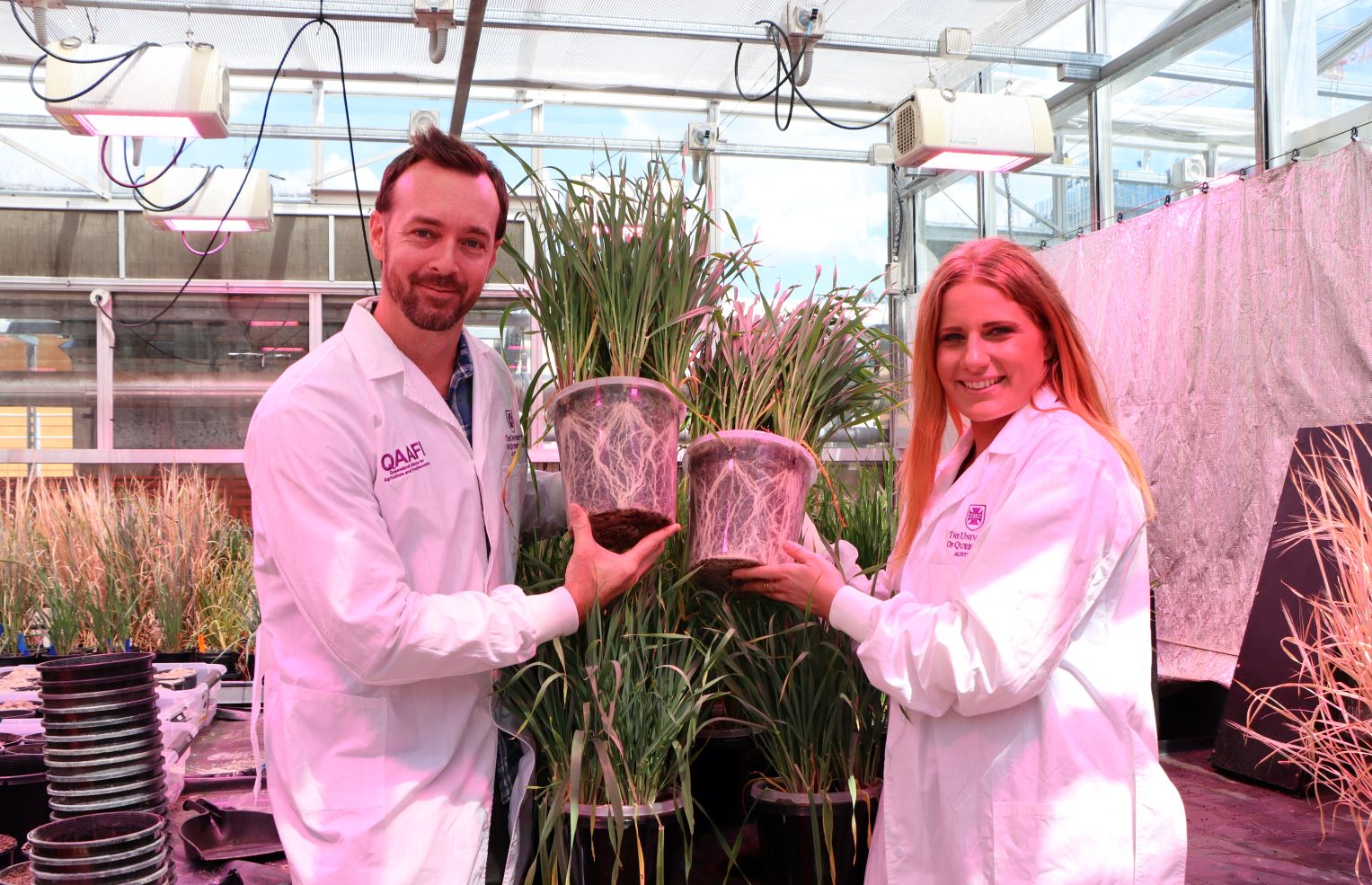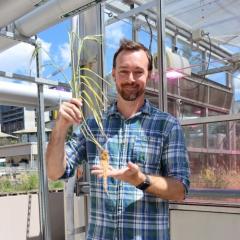Researchers are taking to the skies to help see what is happening underground in a new project that aims to improve one of Australia’s largest grain crops - barley.
University of Queensland’s Associate Professor Lee Hickey is leading a study investigating ways to optimise root systems and help barley growers improve yield stability, particularly in the dry seasons.

“For a century, plant breeders have focused on what happens above the ground in terms of adapting crops to diverse production environments,” Dr Hickey said.
“Barley breeders have traditionally focused on breeding for traits that are visible such as plant height and flowering time.
“Over the years, important root traits could have been inadvertently selected, but there may be a lot more we can achieve.”
The project will employ cutting-edge technologies to fast-track barley breeding for diverse production environments in Western Australia, Victoria, South Australia, New South Wales and Queensland.
The research team will make use of advances in remote sensing technology such as drones fitted with multispectral cameras.
“With the new sensors we can fly drones across field experiments to measure traits the eye can’t see like canopy temperature, and this can tell us a lot about how much water the crop is using,” Dr Hickey said.
The team will match this data with soil coring samples taken in the field, to better understand the relationship between canopy traits and root traits.
“Understanding the value of different root traits is key,” he said.
“On farms with deep soils that rely on stored soil moisture, a deeper root system could improve access to moisture in dry seasons.
“However, more vigorous root growth in the upper soil layers could be advantageous for crops grown on shallow soils that rely on rainfall during the growing season.”
Another tool is CRISPR genome-editing technology, which could assist researchers in engineering novel genetic variation by targeting key genes that influence root system development.
“If we can successfully harness the new technologies to improve root systems in barley, this approach could also be used in breeding programs for other major cereals such as wheat and oats,” Dr Hickey said.
The ‘Digging deeper to improve yield stability’ project is in partnership with InterGrain and the Australian National University and funded by an Australian Research Council Linkage grant.

InterGrain barley breeder Dr Hannah Robinson said a big part of the research would focus on creating an “optimum root shape” for varying soil profiles across Australia, tailoring barley root systems to be better adapted to Australia’s diverse environment and production systems.
“This should improve water and nutrient extraction, and thus ultimately yield, in the variable and changing climates we now face in Australia,” Dr Robinson said.
“It is about validating what is the best for each unique soil profile and environment, then breeding varieties with optimised root systems adapted to those environments across Australia.”
Barley is the second largest grain crop in Australia with the industry valued at $3 billion per year.
Contact: Associate Professor Lee Hickey, l.hickey@uq.net.au, +61 408 210 286; Margaret Puls, m.puls@uq.edu.au, +61 419 578 356.
Images are available via dropbox.
The Queensland Alliance for Agriculture and Food Innovation is a research institute at The University of Queensland, established with and supported by the Queensland Department of Primary Industries.




